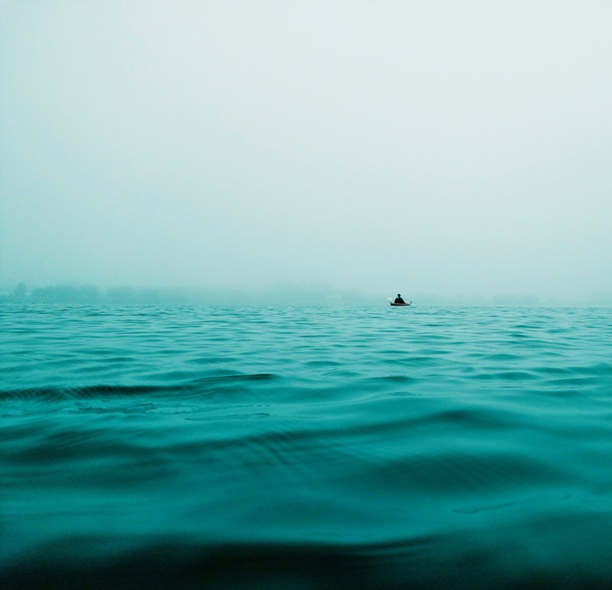
The other day I watched my five-year-old son build a Lego plane for three whole hours. I couldn’t believe his attention span.
I told him he was in the “flow.”
Of course he completely ignored me, but I didn’t expect him to say much more.
Flow is a term that is used in Positive Psychology. It is characterized by a mental state that is focused and in the moment. We don’t notice when we are in flow, because we are too caught up with the activity at hand. Only in hindsight do we think, wow, where did the time go.
The psychology of being in the flow means being so involved in an activity that any concept of time is lost and the ego and feelings of self consciousness no longer exist. Do you know what comes to my mind when I think about being in the flow? The first time I fell in love. In fact, in some of the literature, a flow state has been compared to being in love.
The experience of flow has been studied by scientist, physicians and writers. It is not an easy state to acquire because it requires a delicate balance of interest, presence and enjoyment. The human mind is normally a busy place with thousands of thoughts a day. A flow state rises above the thoughts and does not get distracted. It is a dynamic state that is flowing with organic energy and creativity.
Happiness and creative expert Mihaly Csikszentmihalyi was the one who coined the term flow. All his research has literally flown out of studies he has done on human behaviour. One of his studies on flow involved Mihaly watching painters engaged in their painting job. What he noticed was that when the painters were fully engaged and focused, there were no complaints. After their job was complete, Mahaly noticed the painters lost interest and their own needs reemerged.
How can we create a flow state?
1. Finding “that” activity.
What grabs your attention the most? What is it you enjoy? For some this could be a tennis game, walk in the park, yoga class or writing poetry. Others may find their focus in drawing, reading or video games. Some of us will be able to get into a flow state with our job. This is good, even if it is just for part of the day.
2. Creating a peaceful environment.
When we set an intention to focus our attention to the task at hand, creating a peaceful, quiet environment is helpful. Turning off the phone, pulling down the blind and changing the lighting around are all different ways of creating an environment conducive to flow.
3. Physically Anchor.
A flow state happens in the present. When we are off daydreaming or in our heads, we are not present. Using our senses to stay grounded is helpful. Just feeling our feet on the ground or bottom on the chair throughout the day heightens our awareness to the present. Grounding continuously throughout the day can benefit us for the times when we are in the flow.
4. Noticing boredom and anxiety.
In a flow state we will experience neither boredom nor anxiety. Tuning into these states when they arise in our day to day life is helpful as it heightens our awareness while leaving an imprint in the subconscious.
It is important to remember that we will not know when we are in flow—we will just be enjoying and in the present. There is a clear subconscious element to the process that is hypnotic. In fact, our brain waves during flow are similar to how they would be during a hypnosis session. The active mind is calm and we become one with the activity.
This natural state improves creativity, happiness and sometimes even intuition. It also relaxes the nervous system, while activating the bodies own relaxation response.
One of the best things about being in a state of flow, is the internal gratification that it ignites. Whether we completed a marathon, won a racquetball game or painted a picture, we can look at the accomplishment and feel good about ourselves.
As we work toward integrating more flow time in our lives, we will feel naturally happier and healthier.
Relephant:
Hacking Enlightenment with Flow States.
Author: Amira Posner
Editor: Catherine Monkman
Photo: Noah Rosenfield/Unsplash


 Share on bsky
Share on bsky




Read 0 comments and reply